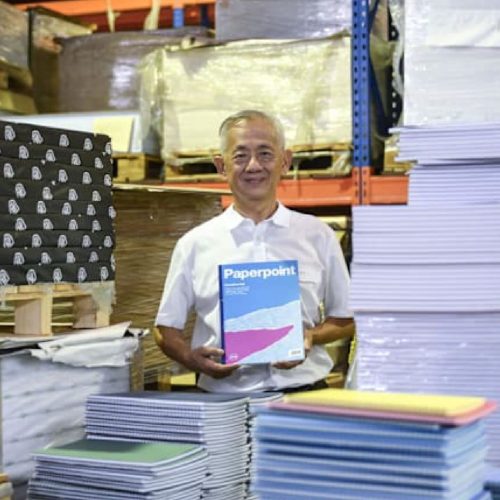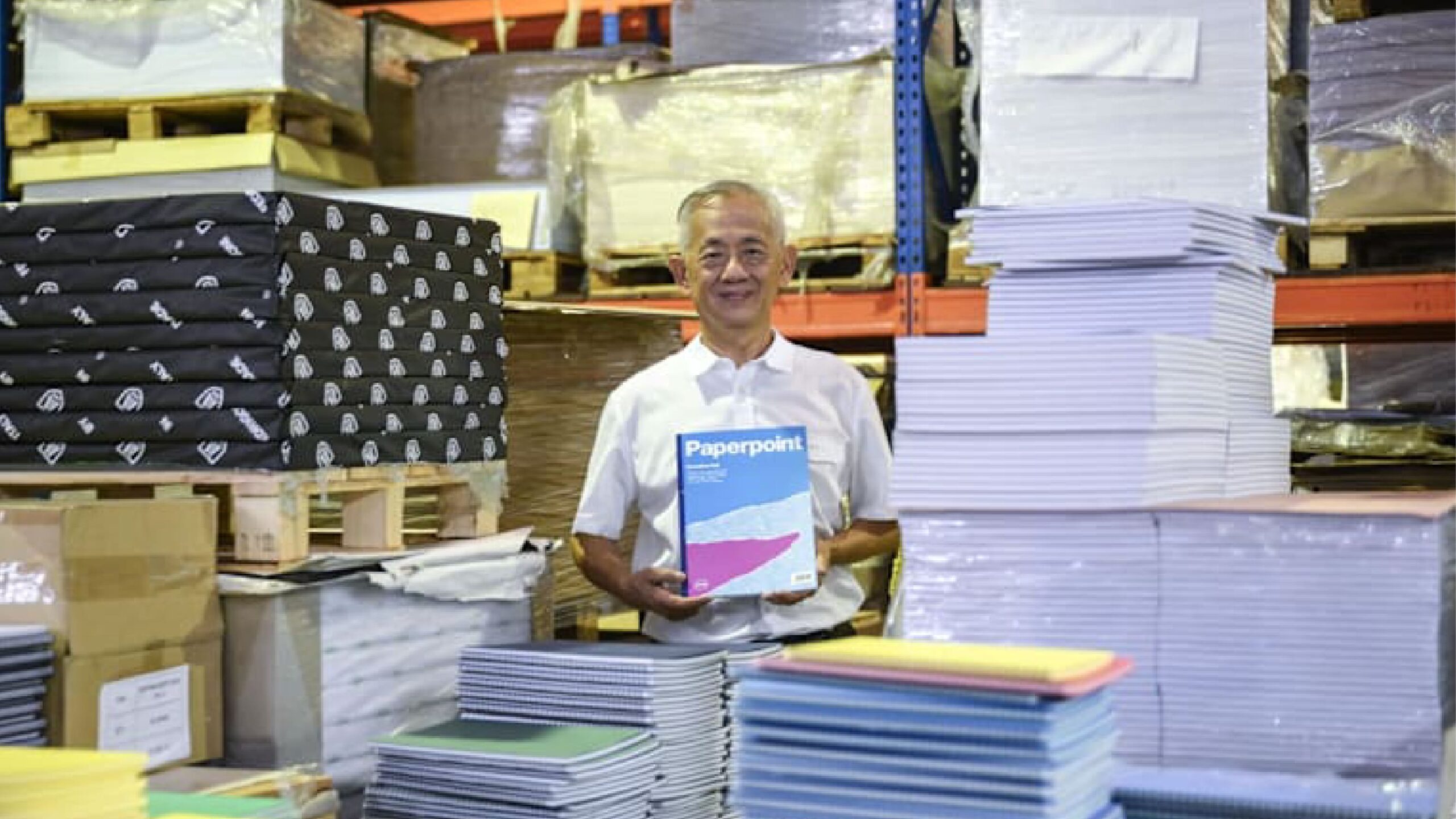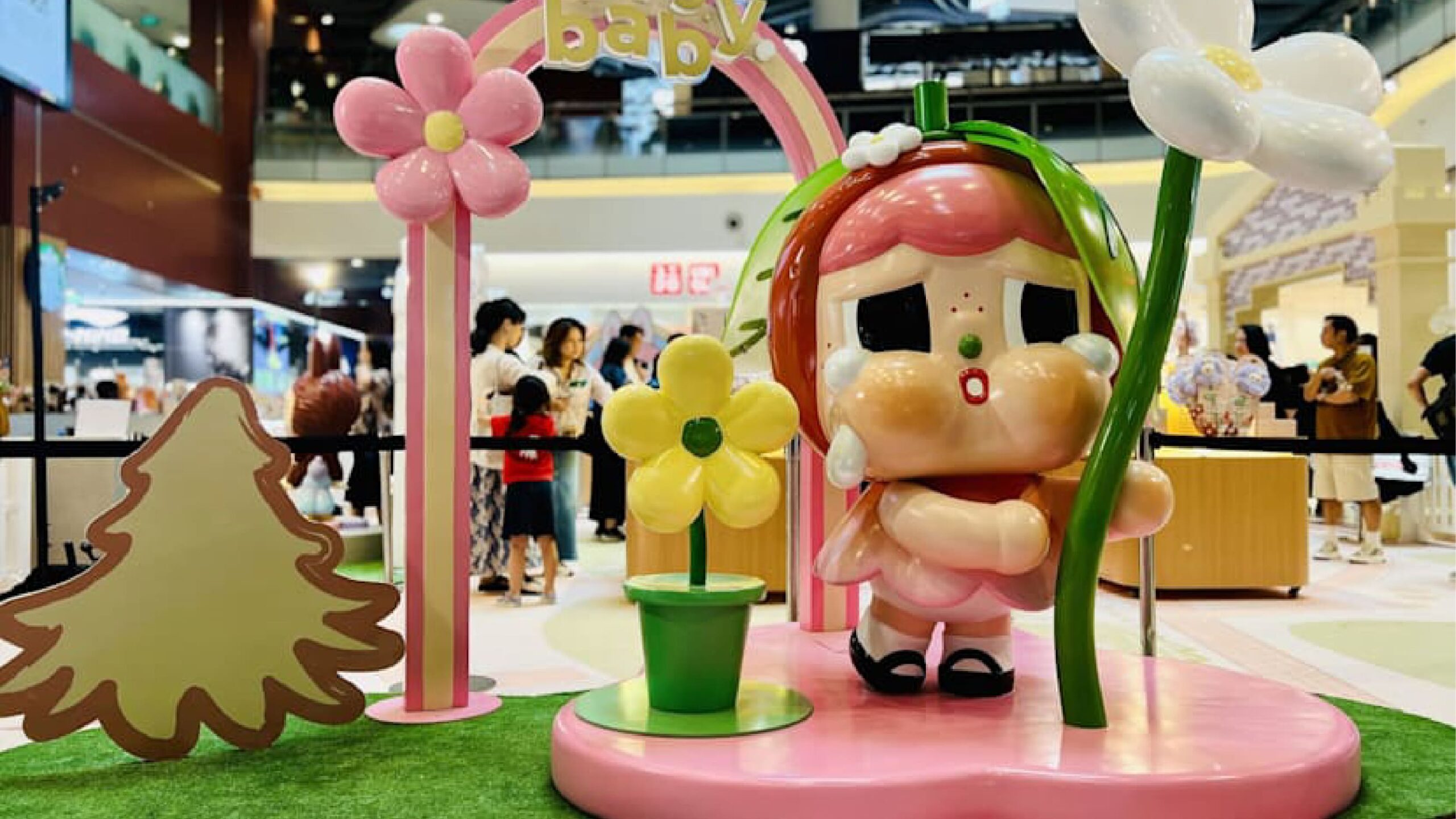SINGAPORE – Singapore’s jewellery market is primed for growth—forecasted to expand by around 5% annually from 2025 to 2030 . Yet beneath this optimistic outlook lies a pressing concern: the country’s pool of local jewellery craftsmen is shrinking. With few young Singaporeans pursuing the trade, industry veterans fear for the future of fine jewellery craftsmanship at home.
Market Expansion vs. Shrinking Skillset
The 20th Singapore International Jewellery Expo, held from July 10 to 13 at Marina Bay Sands, goes ahead with high expectations: organizers anticipate 15,000 trade and public visitors, up from 14,000 last year. With 414 brands from 26 countries, collectively showcasing over US$250 million worth of jewellery, interest in fine pieces is clearly high.
Despite this boom, insiders warn that talent is becoming scarce. Ronald Low, a second-generation gemologist behind Ivy Masterpiece, says interest isn’t translating into careers: “to make a living doing craftsmanship is a long and tedious journey… many years of apprenticeship… before showcasing your talents”.
The Long Apprenticeship Road
The jewellery craft demands 10,000 hours of training—years of trial, error, and skill refinement. Materials may be affordable, and tutorials are readily available online, but mastering the craft requires structured, hands-on guidance. “A lot of people… maybe are not exposed to that if they do not have a jewellery [background]”.
Tanja Sadow, dean of the Jewellery Design & Management International School (JDMIS), observes that most students are aged 30 to 40, pursuing jewellery after other careers have plateaued. However, younger entrants are rare—parents often prefer traditional professional paths like medicine or law.
Building Competence: Education & Training
Despite these challenges, Singapore offers quality training through institutions like JDMIS and NAFA. JDMIS provides flexible modular courses in design, metalsmithing, and digital techniques, and is supported by SkillsFuture funding. NAFA’s Certificate in Jewellery Appreciation & Fabrication teaches essential metalworking, stone-setting, and safety protocols.
These programs aim to equip passionate individuals with the full craft cycle—from design to finished piece. Ms Sadow adds that AI and new technologies are being incorporated into curricula to future-proof skills .
Industry Perspectives: Government, Associations, and the Trade
Ronald Low acknowledges that while Singapore can foster high-quality craftsmen, larger markets like Malaysia will always produce more due to scale. Meanwhile, Singapore Jewellers’ Association president Ho Nai Chuen believes Singapore’s low US tariffs (10%, lowest in ASEAN) provide an export advantage.
Despite global risks—like uncertain geopolitics—the synergy between government agencies, SkillsFuture, educational bodies, and trade groups positions Singapore for a resilient jewellery industry.
Closing the Generation Gap
Why Young Singaporeans Are Hesitant
- Perceived low returns: jewellery making is seen as an art, not a path to stable income.
- Long learning curve: mastery requires years and intensive practice.
What Can Encourage Pursuit of the Trade
- Structured apprenticeship programs backed by government support.
- SkillsFuture subsidies for specialized craft and design courses.
- Better industry outreach to showcase career possibilities in jewellery.
Why This Matters
- Craft continuity: Singapore risks losing generational jewellery heritage.
- Economic positioning: high-value artisan industries diversify the economy.
- Cultural legacy: jewellery craftsmanship forms part of Singapore’s creative identity.
Spotlight: Education Providers
JDMIS
Founded by Tanja Sadow, JDMIS offers professional certification courses, bridging traditional jewellery arts with CAD, CAD modeling, and gems. Students can pursue credentials in metalsmithing, digital design, gemmology, and more.
NAFA
Its Certificate in Jewellery Appreciation & Fabrication equips students with fundamental fabrication techniques including soldering, metal forming, and gemstone setting
Industry Outlook: Sustaining Momentum
The jewellery market’s projected 5% annual growth indicates strong demand. With favorable export tariffs and investment in training, Singapore has the potential to nurture a world-class jewellery sector.
But that future relies on young talent stepping up. Without them, Singapore’s status as a refined artisan hub may dim.
Final Thoughts
Singapore is in a strong position: an expanding market, quality export channels, and robust training infrastructure. Yet the future of jewellery craftsmanship depends on whether younger generations commit to mastering the art—apprenticeship by apprenticeship, piece by piece.
To preserve its craft heritage and capitalize on market growth, Singapore must invest further in apprenticeship programs, enhance outreach, and spotlight the rewarding paths within the jewellery trade.








